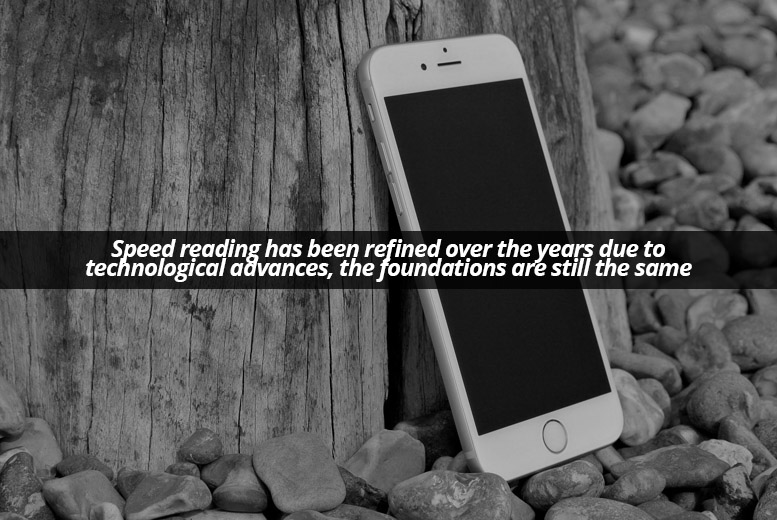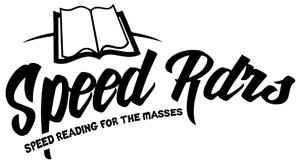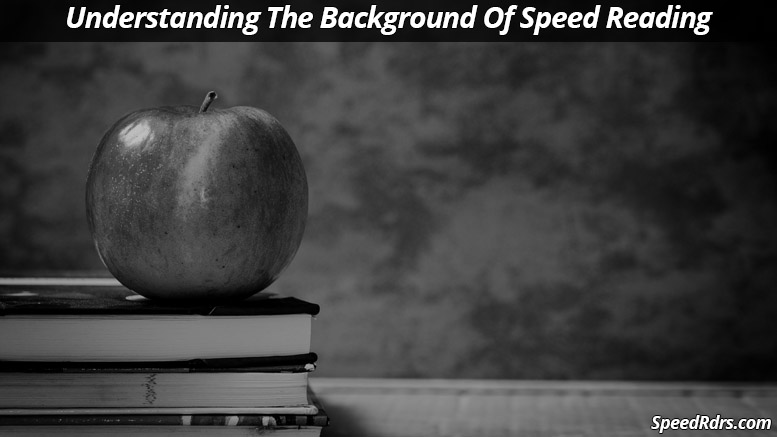Have you ever been talking to someone and they bring up a topic that you aren’t familiar with?
Ever go home later that day and start using Google to find all of the information you can about it? Hours later you’ve learned a lot of the basics and you’ve now found something that you are interested in.
I know this is what I do when I get into a new hobby or when a new video game comes out.
No matter what someone’s background is, everybody has a thirst for knowledge. Gathering information is something we all do naturally and learning how to gather and learn more information faster is always going to be beneficial.
Speed reading is what helps us gather and learn new information. If you are able to gather and absorb the same amount of information you did in a few hours in only one, why wouldn’t you learn how to speed read?
The History of Speed Reading
Speed reading started building public attention in 1957 when Evelyn Wood coined the term. She developed this methodology after she studied the habits of naturally fast readers.
Evelyn created a system to increase a reader’s speed and retention. This system was presented in seminars as Evelyn Wood Speed Reading Dynamics and built quite the business. Her methods were taught to John F. Kennedy and up until the late 1990s, her classes were taught at college campuses throughout the United States.
Believe it or not, Evelyn claimed she could read up to 6,000 words per minute; this means that she could read the 689 page novel Gone With the Wind in less than an hour.
While I could not find any information supporting that claim, there are studies to suggest that we have anatomical and neurological limits that can’t support 6,000 words per minute with comprehension.
Evelyn Wood passed away in 1995 at the age of 86 and will be forever remembered as a pioneer to speed reading.
How Speed Reading Has Progressed
Speed reading has been refined over the years due to technological advances and scientific experiments, the foundations are still the same.

Foundations of speed reading:
- Reading multiple words at a time
- Removing sub-vocalization
- Learning to skip over words that do not add to the efficacy of the passage
Speed reading techniques have been largely redefined from the advancement of technology. While it has been shown that humans can read and absorb information faster in books than on a screen, there are many apps and programs out to help teach you to read faster and comprehend more information.
Popular Speed Reading Apps:
Here is a glimpse of a few of the apps available to learn and utilize speed reading. Don’t worry, I will be writing more in-depth reviews on apps and programs later.
- Accelerator – Accelerator is an iOS app that flashes single words to the user and can grab text from multiple sources. This app helps by mostly removing the saccade part of reading.
- Syllable – Syllable is another iOS app that is similar to Velocity. You can adjust the text on the screen to your liking.
- Reading Trainer – Reading Trainer is available on Android and iOS and is more of a comprehensive course than it is a speed reader. There are exercises to improve reading rate and comprehension.
- ReadQuick – ReadQuick has a read-later/bookmark function that allows you to gather information and then read it when convenient.
The history of speed reading is pretty straight-forward and quite honestly a little boring. It is interesting to see how little things have changed over the years and makes me think of the “if it aint broke don’t fix it” mentality; the basics of speed reading have been and always will be the same.
Is speed reading for you? I’m not sure. It takes a different mindset than many readers are willing to take but with some practice you can learn to digest information faster.
What do you think about Evelyn’s claim to reading 6,000 words per minute? Leave any comments or questions below!


Be the first to comment on "Understanding The Background Of Speed Reading"